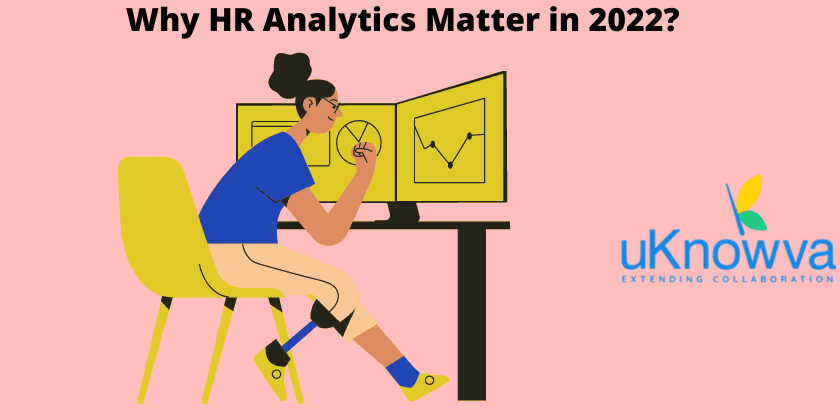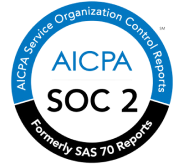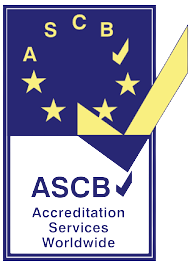HR analytics can drive businesses to successful ventures and projects. They even win over competition and marketing using the data analysed and interpreted.
In fact, data analysis plays an important role in people operations and HR functions in any business.
Read the blog post to understand better how human resource analytics changes the way people run and move businesses. From here, its trends and challenges will surface and clarify your existing knowledge on the same.

Importance of HR Analytics in 2023 In 4 Ways:
-
Predicting the attrition and failure in workforce planning:
HR analytics have higher scope to assist CHROs in predicting and analysing the failure in human resources planning. The live dashboards from the uKnowva HRMS are accessible to admins and HRs.
They can check which employee performs exceptionally well and who does not. From there, they draw an analysis of how many people might leave the firm in the next 6-12 months. It also shows how efficient a particular hiring channel has been for the firm.
Factors determining this analysis can be, not conform to:
- How many employees are regularly showing up at their work/desk?
- How happy are employees while they clock in or out of the HRMS system?
- How many staff members have left the organisation in the last 3-12 months?
- How many are not doing their job well despite warnings and suggestions?
- How many people are participating in regular engagement plans and platforms like S.I.?
- How many people are coming up with new ideas to solve complex business solutions?
Similar questions lead to a clear picture of an employee’s attitude and connection to the firm. From there, CHROs analyse if the chosen employee is becoming an asset for the firm or not.
-
Evaluation of employee performance and recommendation:
While understanding “what is HR analytics”, know that it’s the data that HRs use drawn and visualised in the HRMS.
The data from the system also integrates with the performance management tool, if any is present in the firm. Otherwise, HRs can also uKnowva PMS along with the HRMS. The analysis related to the employees’ performance report is necessary.
From these reports, each employee’s performance justifies. There is transparency in knowing how many tasks the employee achieved in a given period. How many hours did a particular person invest in a project? And what was the result of the project or the task?
Later, reviewers, reporting managers, and approvers can rate and review employees for that project. Certain analyses draw out from these pieces of feedback too.
From there, it’s easy to know if the employee is fit for more challenging projects and tasks in the firm. So human resource analytics plays a significant role in influencing how HRs and RMs work with their employees.
These decisions change and are reflected by the data analytics at every appraisal cycle. They want to know if their chosen subordinates or staff members are worthy of training and development.
If not, they will get down to the reason for their lower performances. The same can also be predicted from the HR analytics tool used by the firm. It could state out simple and most possible reasons for employees to feel demotivated and out of order.
For example, it could be because of not taking any leaves from work. Or, it could be because employees are working too late without getting reimbursed for their overtime.
Later, HR persons can rectify this mistake from their end of workforce management. If they take corrective actions on time, they can retain their top-performing employees.
-
Gather data from various touchpoints to a centralised interface:
Human resource professionals don’t have to hassle while drawing important analyses from one point to another. uKnowva HR analytics provides them a larger interface to configure and customise.
There, they can read and download any report they want to. Complete access is given to the admin, though. The analysis can be from other features like Social Intranet, network system, PMS, VB, projects and timesheets, payroll, and attendances.
It shows admins, CHROs, RMs, and human resource persons any data required for employee audits. That can be related to their participation in polls, surveys, and discussion forums.
They can also overview the number of suggestions received against a poll or survey to bring necessary changes in the workplace. Other than that, they can see what employees feel and how they are performing.
They can draw analysis from third-party apps like Zulip, Google Meet, Suite, etc. Third-party app integrations are available in uKnowva HRMS for a smoother employee journey.
Later, HRs and RMs can improve employee experience at every touchpoint using the data from HR analytics. This practice is time-saving and invites more engagement in one interface by senior officials in the company.
-
Access human resource analytics reports from anywhere at any hour:
Another reason for its growing importance is its accessibility and mobility. Seniors in a firm might need insightful reports at any given hour. With traditional and conventional software, that wasn’t always possible.
However, modern HR analytics tools are online and on the cloud. Your teams can access these reports merely with credentials. You have to have a stable network and mobile device to access and overview the reports demanded/needed.
Certain employee management, development, recruitment, and engagement decisions are made on the go. That’s possible when CHROs access these reports whenever they want to for final review and audits.
It shows there is no barrier to workflow automation and auditing regarding human resources planning and allocation. That’s an important task for reporting managers as well. From there, they learn which employee is the best fit for a complicated project and who is not.
Common Challenges With HR Function And Its Analytics:
- Not everyone can understand the workings of human resource analytics.
- Retention is harder when the market is competitive.
- HR technology is bringing on new changes rapidly. It’s hard for all employees to catch up on it all the time.
- A separate need for R&D and marketing departments is always there to overview HR and its analytical trends.
- The tools used for drawing HR analysis must be suitable for every workforce employed by the firm.
Conclusion:
"What is HR analytics?" is wondered about and asked by many new HR persons. But what piques interest levels more is the importance and need for human resource analytics in 2023 and beyond.
Hence, from the blog post above, it must be clear how it’s increasingly helping out CHROs to make strategic manpower decisions every day.
To know more about it, you have the option to search blog posts around it on uKnowva. It will help you make sound and educated HR decisions later for investing in the right HR tech like uKnowva.
For more details, surely you can contact us today.












